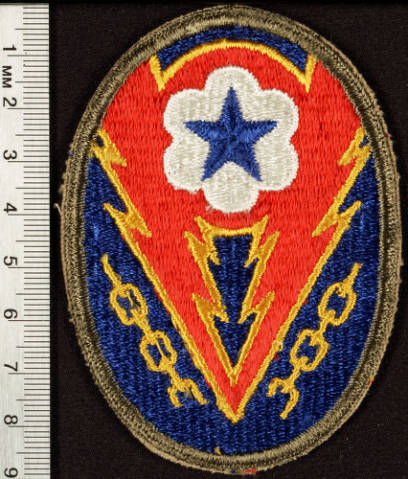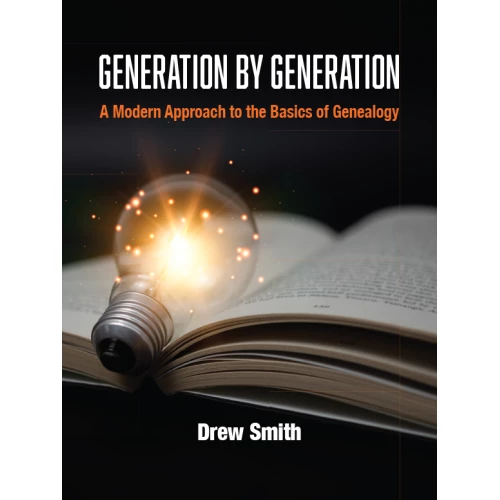In the interest of LOCKSS (lots of copies keep stuff safe), I've put family trees on multiple platforms (Ancestry, MyHeritage, FindMyPast). Others are working on family trees on Family Search, so I only touch up profiles there and check that cousins who are very much alive are not yet shown as "deceased." Right now I'm waiting for FamilySearch to change the status of a 99-year-old cousin from "deceased" to "alive." Hey, I spoke with him a week ago and he's definitely alive! UPDATE: Only a few days after requesting this change, my cousin was officially declared "living."
Currently, I'm adding and enriching ancestor profiles on WikiTree. Rather than upload a GEDCOM, I'm entering one ancestor profile at a time. The collaborative WikiTree tree is more than just names and dates--sources are required, and often contributors link to actual sources. By creating profiles one by one, I can review the sources I've already gathered and conduct fresh research to fill any gaps and sketch a bite-sized bio for each ancestor.
Early this year I finally connected hubby's ancestors to people already profiled on WikiTree. Now I'm discovering even more of his McClure ancestors and in-laws on WikiTree. At top, the formerly orphaned WikiTree profile of Louisa Austin McClure (1837-1924), the wife of hubby's great-granduncle Theodore Wilson McClure (1835-1927).
I immediately adopted her profile and began filling it out. Below, my work in progress, with a bite-sized bio and more sources. I still have more children to add, and more orphaned profiles to adopt...but this is a good start. (You know I married my husband for his ancestors!)
My first ancestral connection to someone profiled on WikiTree was through a cousin-in-law on my Farkas side. That profile had originally been created in 2011, and I adopted it this month. Fewer orphans means more recent research and enriched bite-sized bios.
Connect-a-Thon Coming
I'll be participating in WikiTree's Connect-a-Thon during April, concentrating on adding more profiles of my ancestors and their in-laws. See you there?!
























